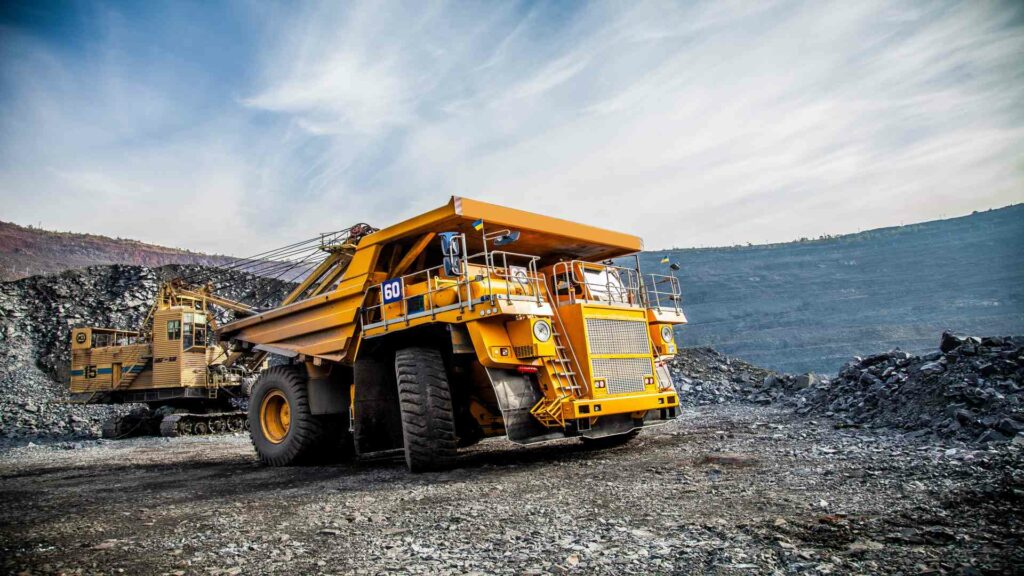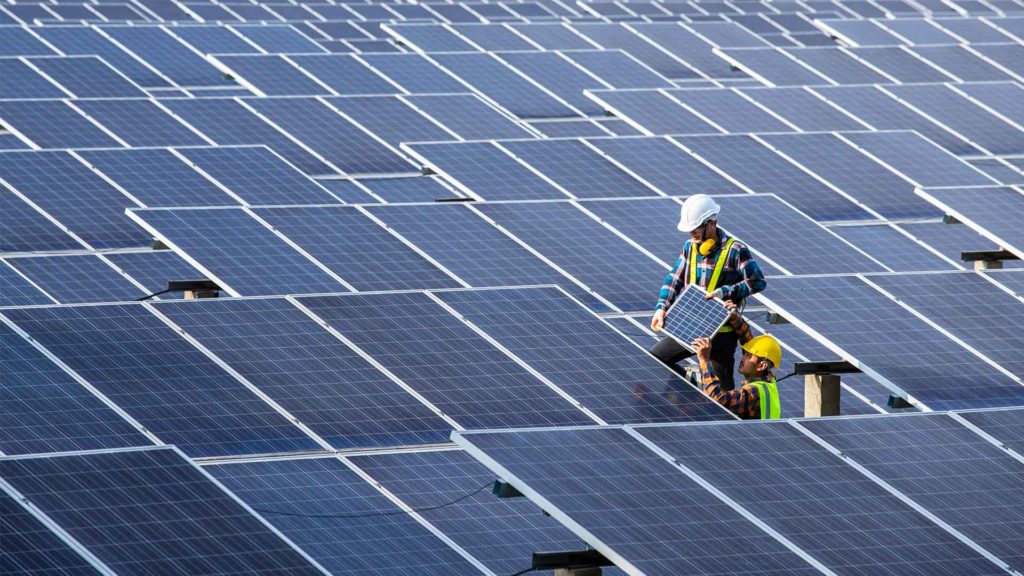Rio Tinto’s Decarbonization Efforts
Rio Tinto, a multinational metals and mining company with headquarters in London and Australia, manages 60 operations in 35 countries. The majority of the company’s revenue comes from the production and sale of iron ore (65%), aluminum (23%), copper (5%), and industrial metals like borates, titanium dioxide, and salt (5%).
The company also has smaller revenue streams from mining gold and diamonds. Jakob Stausholm, the Chief Executive of the company, signed a Climate Change Statement in February 2020 with other CEOs on behalf of the International Council on Mining and Metals. This statement commits to net zero emissions by 2050.
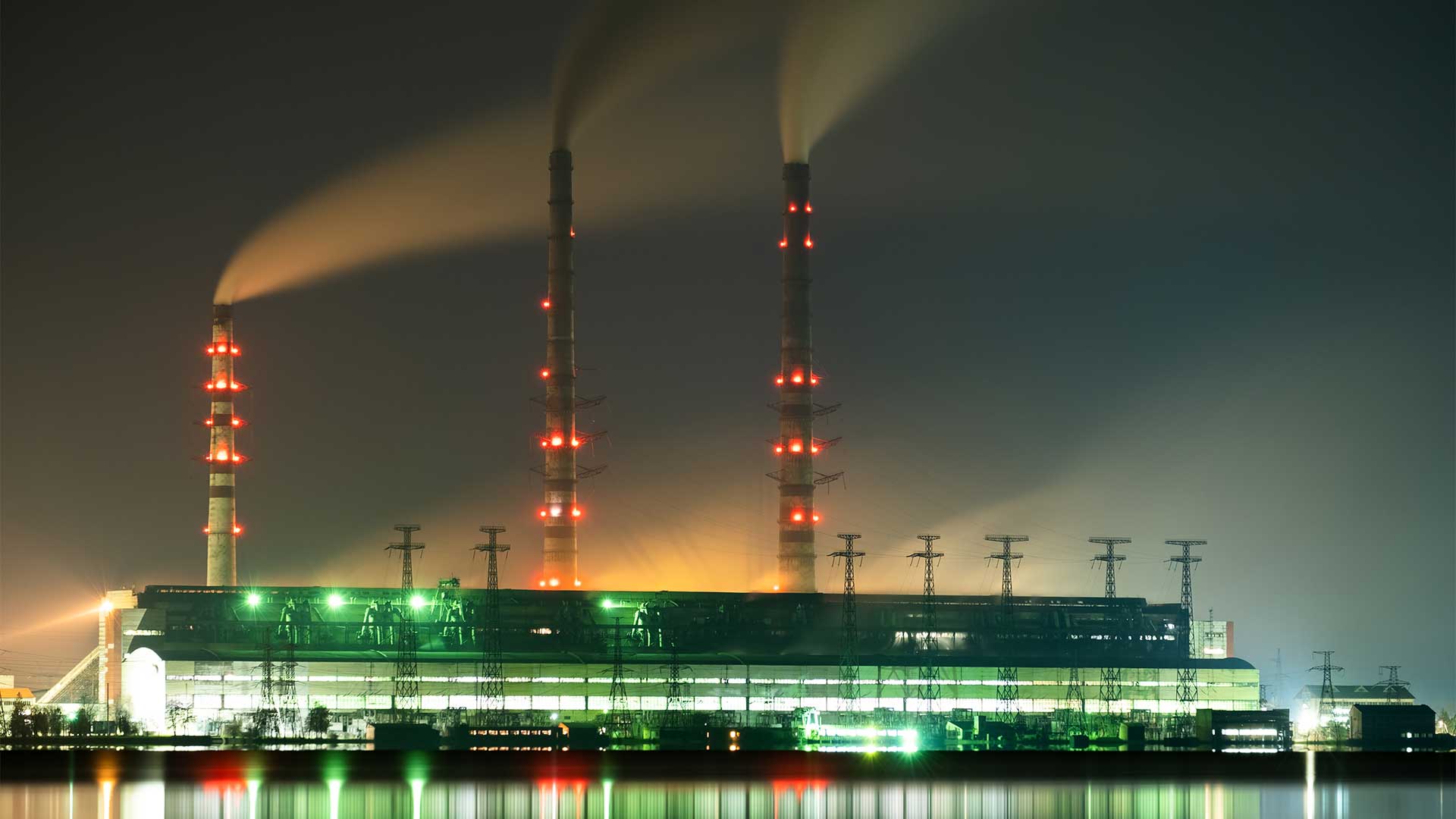
Rio Tinto Announces to ‘Halve’ Emissions by 2030
Rio Tinto announced a $7.5 billion plan to reduce carbon emissions to 50% by 2030 in October 2021. Rio stated that it aimed to reduce carbon emissions by half by 2020 as steel and iron ore producers push for compliance with international climate commitments. Rio pushed forward its 2020 target for a 15% reduction of emissions from 2018, five years earlier than it had previously planned.
Rio Tinto’s promise came just weeks ahead of a major international summit on climate in Glasgow. This summit aims to decarbonize much of the globe by 2050. Rio Tinto’s 2030 target, which it claimed was three times its previous goal, will pressure Australia to adopt it. After years of foot-dragging and diplomatic pressure from the United States, Scott Morrison reluctantly accepted a 2050 target for carbon neutrality. Greenpeace Australia Pacific praised Rio Tinto for their decision, describing it as “an indicator of rapidly building corporate momentum in emissions reduction.”
Why Decarbonisation?
Boston Consulting Group reports that mining companies that were early adopters of climate change mitigation have an average valuation of 20% higher than their peers in the bottom quintile. A case study suggests that Rio Tinto can have financial interest behind their efforts on decarbonizing operations, identifying assets most at risk from climate change, and preparing themselves for shifts in demand.
Many of the industries are involved in mining operations in extreme climate conditions. These are likely to be made worse by droughts, heavy precipitation, and heatwaves, which will be more frequent in the future. Mining companies can identify assets at risk from the physical effects of climate change and take proactive steps to address them before they become financial risks.
Although the company’s products will benefit from the decarbonization of their operations, mining metals and minerals requires the removal of massive quantities of rock which consumes a lot of energy. The mining industry causes about 4% to 7 percent of global greenhouse gas emissions. This includes direct operations (i.e., Scope 1) and indirect bought energy (i.e., Scope 2). The Paris Agreement is gaining momentum, and the mining industry will play a critical role in achieving its goal of substantially reducing global GHG emissions.
Rio Tinto is a leader in energy management. It has made significant strides in reducing GHG emissions. In 2020, 75% of the electricity used in managed operations was from renewable sources.
Rio Tinto’s decarbonization strategy
The plan for decarbonization involves deploying boron in solar and wind onsite to decarbonize electricity, investing in battery storage, electrifying heavy vehicles at mines, creating circular water-use systems, and developing circular economy systems tailings (the waste materials left after materials have been purified). Elysis is also involved (see below). This innovative process claims to eliminate all-aluminum smelting emissions through electrolysis.
The strategy also includes introducing zero-emission haul trucks at global operations. Also, it explores the viability and uses green hydrogen from Canada to transform iron ore pellets into low-carbon hot briquetted iron.
Rio Tinto aims to involve in partnerships that will help find innovative means for decarbonization. For example, Rio Tinto and Schneider Electric signed a memorandum with each other recently to create a sustainable and circular market for their customers and businesses. They will also work together to assess emerging innovation opportunities such as efficient production and advancements in low-carbon green steel manufacturing. Both of these will have a considerable effect on industrial decarbonization over the long term.
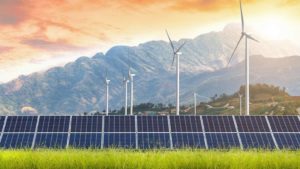
Elysis
So what is Elysis? Due to its lightweight, strength, and endless recyclability, aluminum has been the best choice for sustainable product development. Bauxite, the raw material of aluminum, is used in many products, including beer cans and airplanes. It is expected to be more widely used in a decarbonizing society as a lighter alternative to steel. It is, however, still one of the most carbon-intensive metals to make.
Producers and manufacturers worldwide will be forced to decarbonize their supply chains and processes by tighter emissions legislation. The ELYSIS technology elevates the miracle metal’s sustainability advantage to a new level. This technology offers a unique way to drastically reduce the carbon footprint of many products we use every day, including in transportation and electrical and consumer goods. ELYSIS, the carbon-free smelting technology [which is yet to be commercialized], will eliminate all CO2 emissions and replace them with oxygen. This will improve occupational health and safety, reducing the capital intensity and operating cost while increasing smelter productivity.
Suppose the ELYSIS technology is adopted only in Canada. In that case, it can reduce the annual GHG emissions by approximately 7 million metric tons, which is the equivalent of removing 1.8 million cars from the road.
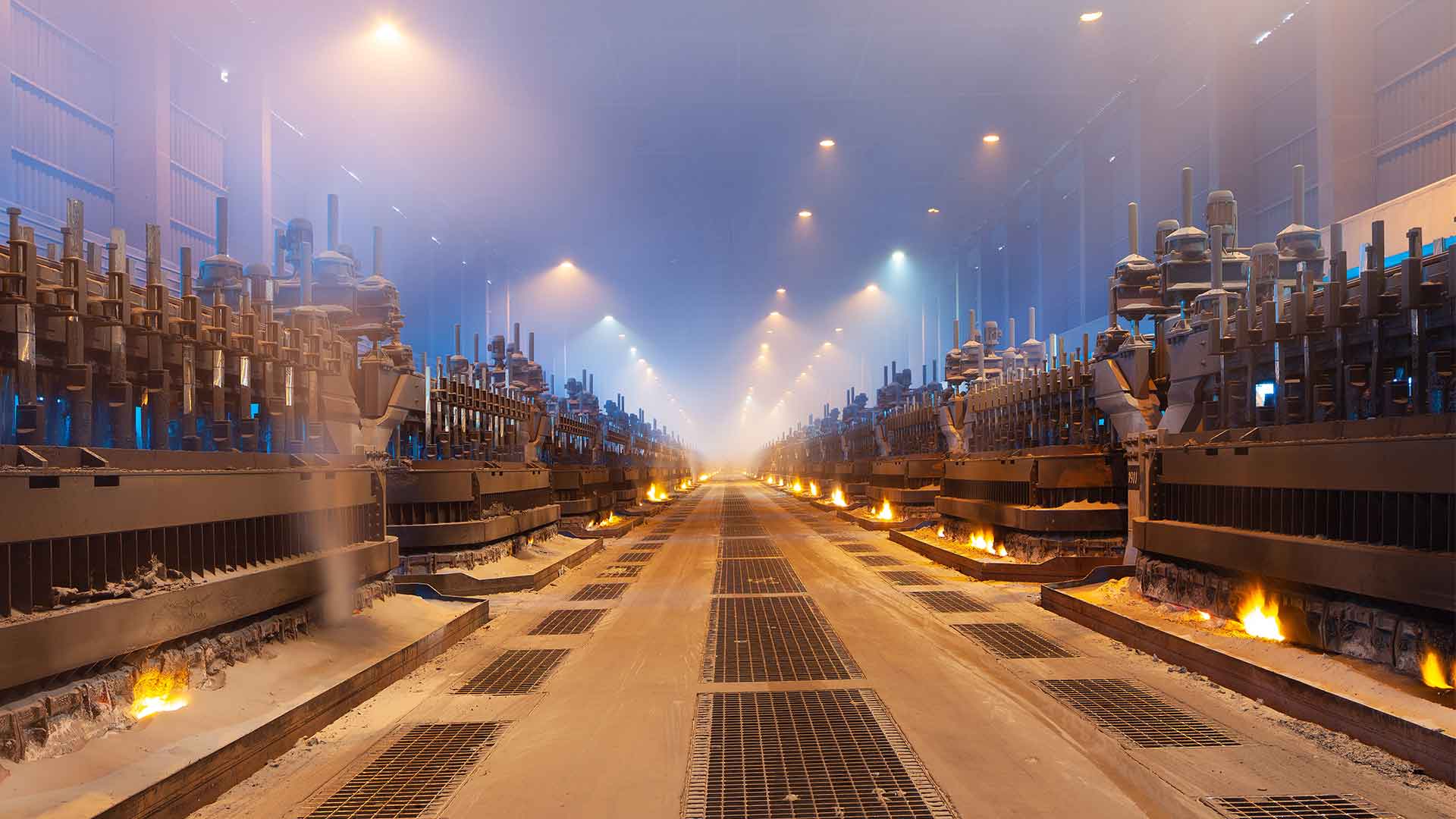
Low-carbon iron in steel decarbonization
Turning to low-carbon steel manufacturing, the Climate Group, an international non-profit organization, estimates that every tonne produced of steel creates approximately 1.8 tonnes of carbon dioxide. The steel sector alone contributes roughly 7% to global emissions annually.
Rio Tinto is investigating the possibility of producing a low-carbon feedstock for steelmaking to reduce carbon emissions. The mining giant has partnered up with European companies Stahl-Holding-Saar and Paul Wurt as part of this venture. This partnership will examine the feasibility of turning iron ore pellets into low carbon hot briquetted steel using green hydrogen from Canada’s hydroelectricity.
This new process involves iron ore fines mixed with sustainable raw material, such as agricultural waste, and heating the mixture using high-efficiency microwaves and gas released from the biomass. The iron ore is then transformed into metallic iron. The fast-growing biomass is a carbon-neutral source of energy. The biomass can remove carbon dioxide, but this can be offset by using fast-growing plants for the biomass source. Because the plant’s photosynthesis absorbs about the same amount as when it is regrown, this is why the biomass is not released. If you used plants and didn’t grow them again, or if they grew slowly like old-growth forests, the CO2 would remain in the atmosphere. It is crucial to use a sustainable, fast-growing biomass source.
Solar energy
Rio Tinto’s long-term goal is net-zero emission by 2050. It also has immediate goals to reduce its carbon intensity by 30% before the end of this decade. It is now three years since the company completed the divestment. It plans to use more renewable energy sources.
To explore the possibility of deploying breakthrough solar technology at their boron mine in California, they have partnered with Heliogen, an energy technology company. The technology will harness heat from the sun to produce and store carbon-free heat – through steam generation, combined with heat storage in rock salts. This is used for industrial processes.
Boron is used for manufacturing several industrial and agricultural products like fertilizers and construction materials. A demonstration plant is currently producing lithium carbonate. The current site generates steam with a natural gas-fired boiler and a natural gas-cogeneration plant. Heliogen’s installation will add to these energy sources, generating steam at a rate of up to 35,000 pounds an hour to power operations. This could reduce carbon emissions at the boron mine by approximately 7 percent. That is equivalent to taking more than 5,000 cars off the roads.
Rio Tinto has also built its solar project in Australia as part of the mining industry’s efforts to reduce carbon emissions.




